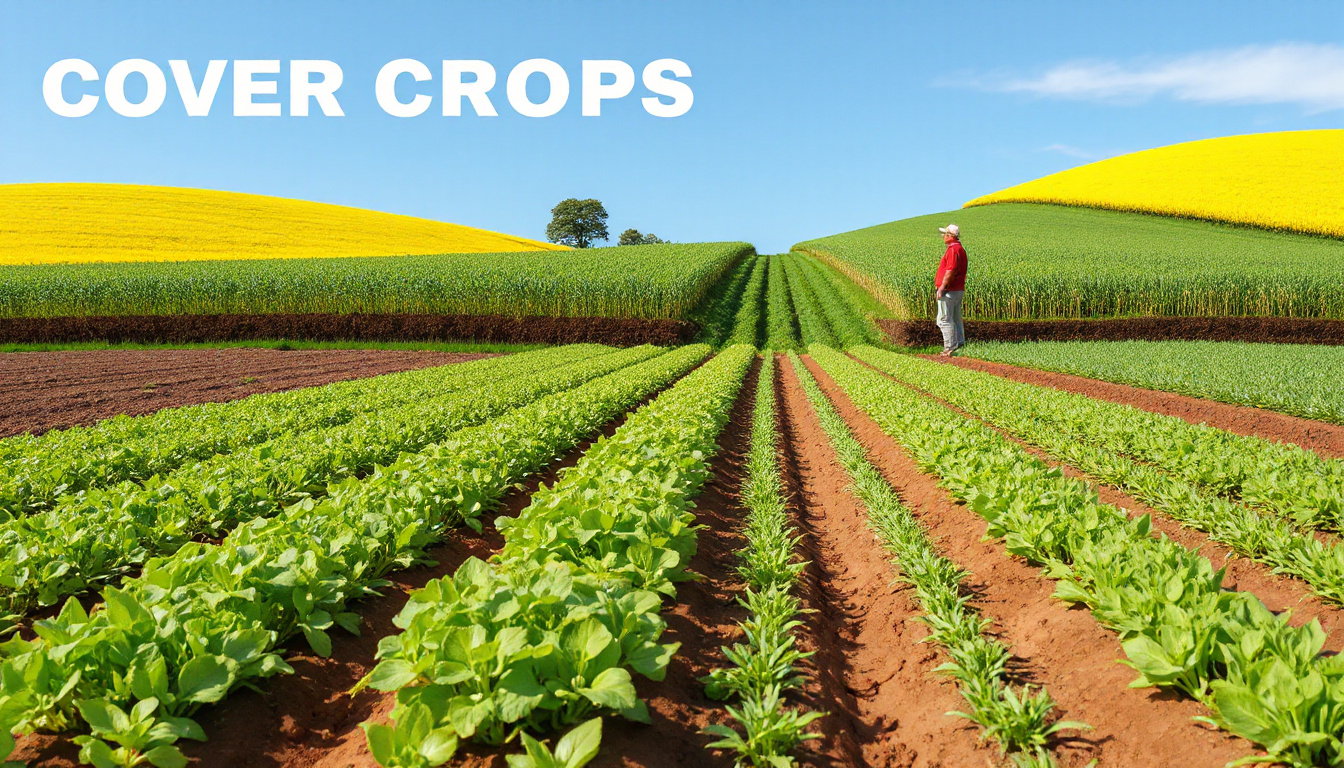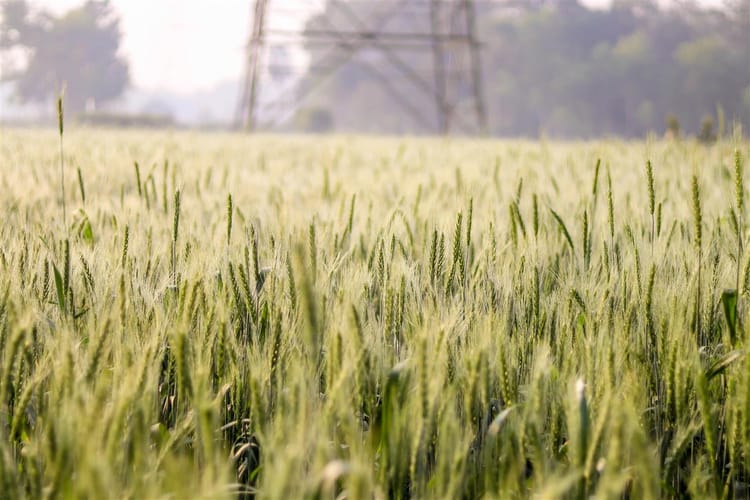Hidden Advantages of Cover Crops: What You Need to Know

Cover crops have gained attention in agricultural practices for their numerous benefits, but there is one vital aspect that often goes unnoticed. This key advantage not only affects soil health but also impacts overall agricultural productivity. Understanding this will help you decide if cover crops are the right fit for your farming or gardening practices. This article explores the hidden advantages of cover crops, their effects on soil organisms, and alternative approaches for maximizing soil health.
The Fundamental Benefits of Cover Crops
When we discuss cover crops, we often highlight their ability to reduce erosion, combat soil compaction, improve water infiltration, manage weeds, and enhance soil organic matter. However, the real magic behind these benefits lies in how cover crops support soil organisms.
Cover crops effectively provide a richer diet for soil microbes and invertebrates, which play crucial roles in nutrient cycling and soil structure improvement. By facilitating the breakdown of organic waste materials into nutrients, these microorganisms can readily communicate with plant roots, ensuring efficient nutrient exchange. The result is not only healthier plants but also a well-structured soil environment that benefits both the plant and the soil community.
Providing a Better Diet for Soil Organisms
To understand how cover crops enhance soil health, consider three crucial elements: generosity, diversity, and consistency.
- Generosity: Cover crops contribute organic matter to the soil, offering more food for the soil organisms. The greater the amount of organic material available, the healthier the microbial community can thrive.
- Diversity: Research indicates that planting a diverse range of crops leads to improved soil health more rapidly than monoculture planting. A diverse diet supports a wider variety of soil organisms, creating a more robust ecosystem. In essence, the varied root exudates from diverse plants create a favorable feeding ground for soil microbiota.
- Consistency: The effectiveness of cover crops also hinges on consistent vegetation presence throughout the year. Maintaining living plants for as long as possible ensures ongoing nutrient exchange via root exudates. This means having green plants available to pump nutrients into the soil, which is especially important during dry seasons or winter months.
Alternative Approaches to Soil Health
While cover crops are an excellent tool for enhancing soil health, they are not the only method available. Considering alternatives can provide different pathways to achieve similar benefits.
- Living Mulch: These are mixtures of perennial plants and self-seeding varieties used as permanent ground cover. Living mulch preserves more consistent soil health by providing ongoing root exudate availability.
- Biodiversity in Fruit and Tree Crops: Planting tree crops in diverse pastures, rich in herbs and grasses, enhances the microbial diet available in the soil. This diverse planting not only supports better soil health but also offers a buffer against crop failure.
- Pastured Cropping: An innovative approach developed by Australian farmer Colin Seis combines permanent native pastures with cereal crop production. By interplanting diverse cereal crops directly into established pastures, he can increase both the quantity and diversity of available nutrients, significantly benefiting soil health.
Conclusion
Understanding the hidden advantages of cover crops can significantly impact how gardeners and farmers approach soil health. The capacity of cover crops to enhance the diet of soil organisms translates into improved nutrient cycling, better soil structure, and ultimately, increased agricultural productivity.
As you explore the benefits of cover crops for your specific growing conditions, consider other methods that may complement these advantages. Whether you choose to incorporate cover crops, living mulch, or innovative pastured cropping systems, the ultimate goal remains the same: to foster a thriving soil ecosystem that supports sustainable agricultural practices. By implementing these strategies, you not only improve your soil health but also contribute to a more resilient and productive agricultural landscape.
We publish a quarterly magazine available in IOS, Android and Web reader. Stories and articles curated from amazing people all around the world.






